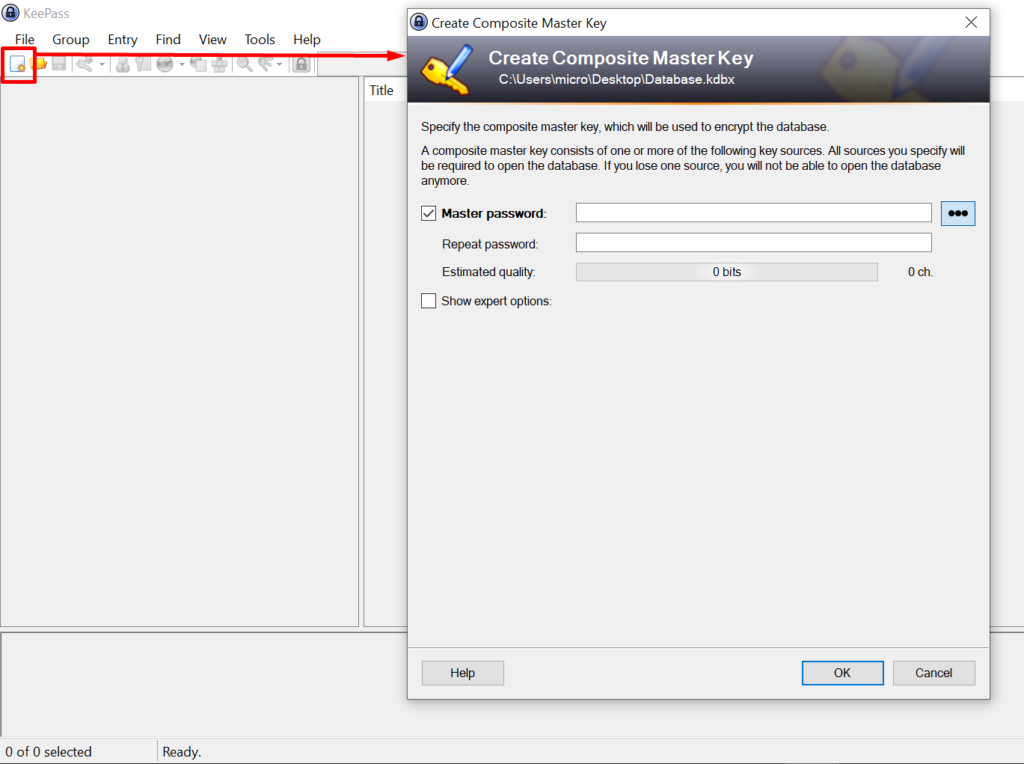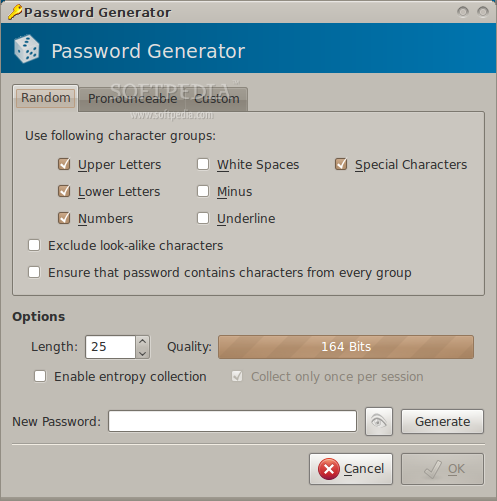

PoshKPBrute is a PowerShell Keepass 2.34 brute force tool. To build mod0keecrack in Windows, open your Dev-command prompt and enter the following:Ĭl.exe /Femod0keecrack.exe helper.c mod0keecrack.c crypto-ms.c bcrypt.lib PoshKPBrute There is no binary file provided, but there are instructions on how to compile it. The only purpose of mod0keecrack is the brute-forcing of a KeePass 2 database password. mod0keecrack only handles the encrypted file format and is not able to parse the resulting plaintext database. kdbx files, as well as decryption routines to verify if a supplied password is correct. It implements a KeePass 2 Database file parser for. Mod0keecrack is a simple tool to crack/brute-force passwords of KeePass 2 databases. Some of these tools require compiling, and others are for specific systems, so I didn’t get too involved in these options. If all else fails, brute force is your other more time consuming and resource intensive option. This will be much faster than brute forcing it.

However, if your passwords are good, a wordlist won’t do much for you.Ī well-played mask attack can crack a password not found in a dictionary as the next fastest option.

This attempt also failed.ĭictionary attacks are great for well-known, weak passwords. It resulted in nearly 1,000 lines of handcrafted options. This is a good thing, but I also created my own custom wordlist of what this password potentially is. This is what I did so I can utilize the full power of CUDA.īummer. If possible, use your GPU to process more hashes per second. Hashcat -a 0 -m 13400 dbpasshash.txt rockyou.txt Since I’m attempting to crack a KeePass database, the hash ID used will be “13400,” which references “KeePass 1 (AES/Twofish) and KeePass 2 (AES).” The command to get started looks something like this: WordlistsĪ good wordlist is essential for testing. You can view their wiki for more hash types. Each mode offers different types like masking, patterns, and straight mode (wordlist). You can use brute-force and dictionary attacks. Most instructions only show two types: attack mode and hash type. You can pass the file through Hashcat using several different options. It’s worth mentioning Hashcat doesn’t support Chacha20 or Argon2 (v4 of the KDBX file format). As of Hashcat version 3.0, the software supports KeePass with no custom algorithms needed to be defined. Next up, I fired up Hashcat to crack the hash. Running the utility produces a hash that starts with the following (prepended with DBName:): Keepass2john dbname.kdbx or send the output to a file by using keepass2john dbname.kdbx > dbpasshash.txt. John the Ripper ships with a useful tool called keepass2john that can pass a KeePass database as a parameter.


 0 kommentar(er)
0 kommentar(er)
